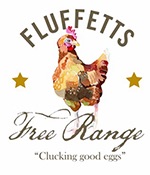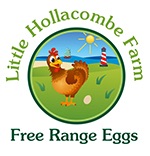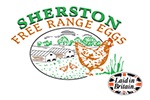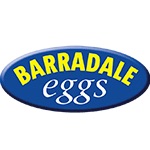The latest report on antibiotic use, up to and including 2019, shows a continued decline in use in agriculture, and particularly, poultry.
Total Sales (all animals, tonnes)
|
2015 |
408 |
|
2016 |
296 |
|
2017 |
248 |
|
2018 |
226 |
|
2019 |
232 |
Sales in Food-Producing Animals (mg/kg)
|
2015 |
56.8 |
|
2016 |
39.4 |
|
2017 |
32.5 |
|
2018 |
29.5 |
|
2019 |
31.0 |
High priority critically important (HP-CIA mg/kg)
|
|
2015 |
2016 |
2017 |
2018 |
2019 |
|
Fluroquinolones |
0.35 |
0.23 |
0.16 |
0.15 |
0.13 |
|
Colistin |
0.12 |
0.02 |
0.0006 |
0.0007 |
0.0002 |
|
Total HP-CIA |
0.64 |
0.36 |
0.26 |
0.21 |
0.17 |
Active Ingredient (2018)
|
Tetracyclines |
32% |
|
Beta-lactans |
28% e.g. Amoxicillin |
|
Trimeth/Sulphonimides |
11% |
|
Macrolides |
7% e.g. Erythromycin |
|
Aminoglycocides |
10% e.g. Neomycin |
|
Others |
12% |
|
HP – CIA |
0.5% |
Laying Hens had a total tonnage of antibiotics in 2019 of 4.8 tonnes, or 0.68% bird days.
Almost 80% of Salmonella isolates from poultry were sensitive to all antibiotics tested, as well as 89% of E. coli to fluroquinolones.







